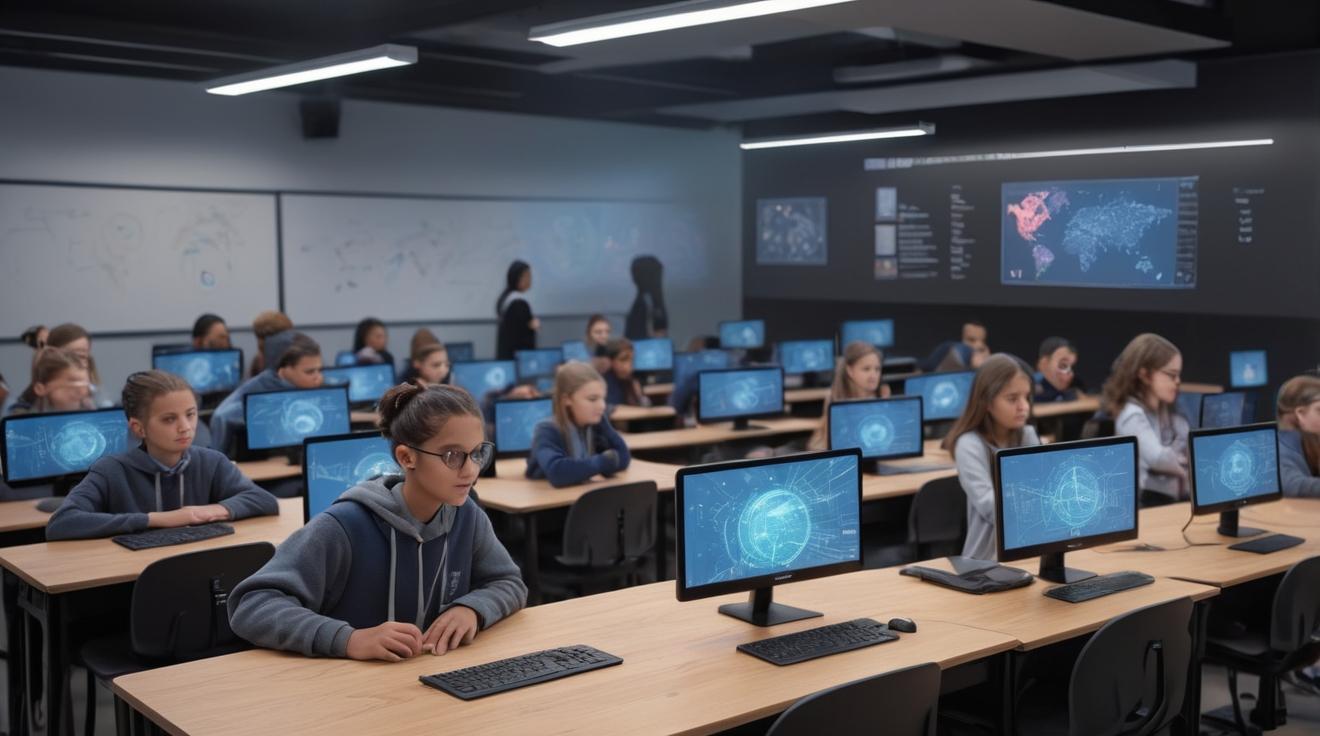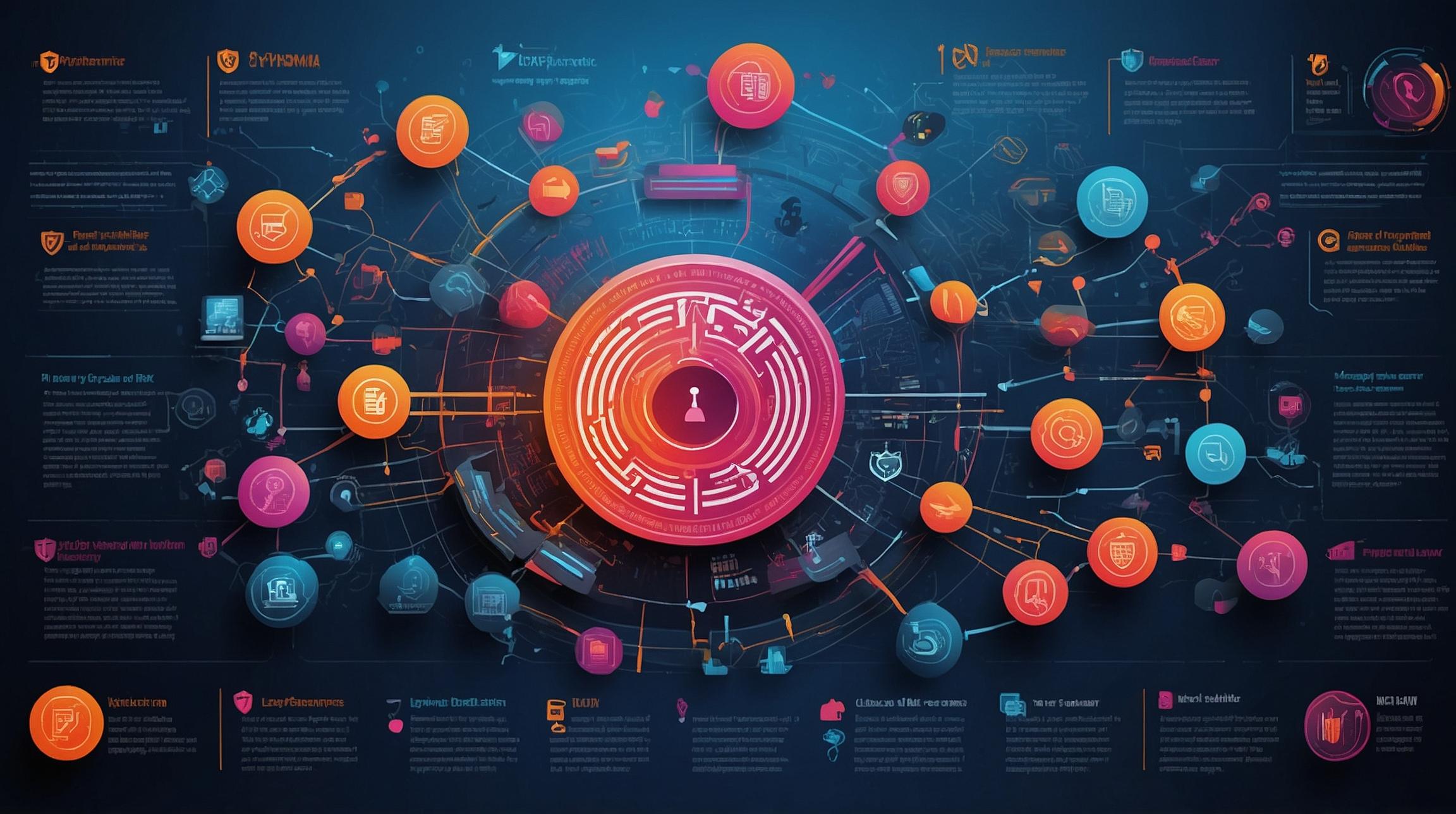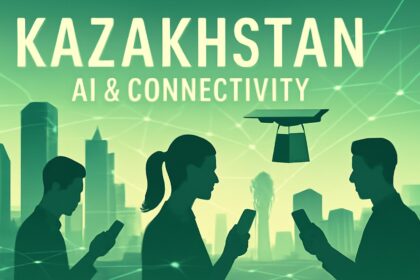Securing Educational Institutions in the Era of Immersive Technology
Immersive technologies are revolutionizing education but introducing significant cybersecurity challenges.
Educational institutions are progressively integrating immersive technologies to enhance the learning experience. While transformative, these technologies present critical cybersecurity challenges. As schools and colleges adopt tools like augmented reality (AR), it's crucial to address associated risks to protect sensitive information and ensure a safe learning environment.
The Evolution of Educational Technology
Educational technology has evolved from simple computer labs and digital projectors to an era defined by immersive technologies such as augmented reality (AR) and virtual reality (VR). These tools not only enhance how students learn but also provide educators with new methods to convey complex subjects effectively.
A standout example is the integration of Holobox technology at Oxford Business College. Under the visionary leadership of Professor Sarwar Khawaja, this institution is at the forefront of adopting cutting-edge educational tools. Holobox, a sophisticated AR platform, allows students to engage with academic content dynamically, significantly enhancing their learning experience and retention.
Professor Sarwar Khawaja, who also heads SK Hub Learning Technologies, is committed to improving higher education through technological innovation. SK Hub's mission is to create an academic ecosystem leveraging modern technology to provide superior educational experiences, with Holobox exemplifying this mission.
Cybersecurity in the Age of Immersive Technology
As educational institutions like Oxford Business College and technology providers like SK Hub embrace immersive technologies, the importance of cybersecurity becomes increasingly paramount. Immersive technologies require vast amounts of data and constant internet connectivity, making them prime targets for cyberattacks. The sensitive nature of educational data necessitates robust cybersecurity measures.
The Risks and Challenges
The implementation of AR and other immersive technologies introduces several cybersecurity risks, including:
- Data Breaches: Immersive technologies collect and store large amounts of data. Without adequate security measures, this data is at risk of being compromised.
- Unauthorized Access: Ensuring only authorized individuals can access sensitive information is vital. Institutions must introduce strict access controls to prevent unauthorized access.
- Phishing and Social Engineering: Cybercriminals often target educational institutions with phishing attacks. Educators and students must be trained to recognize and avoid these threats.
- Software Vulnerabilities: AR platforms can have vulnerabilities that hackers exploit. Regular software updates with the latest security patches are crucial.
Best Practices for Securing Immersive Technologies
To effectively secure immersive technologies in educational settings, institutions should adopt a comprehensive approach to cybersecurity. Here are some best practices:
- Regular Security Audits: Frequently performing security audits helps uncover and resolve system vulnerabilities.
- Data Encryption: Encrypting all data transmitted and stored by AR tools prevents unauthorized access.
- Access Controls: Implementing strict access controls ensures only authorized users can access sensitive information. Multi-factor authentication (MFA) is recommended.
- Cybersecurity Training: Educating staff and students about cybersecurity best practices is essential.
- Up-to-date Software: Keeping all software updated with the latest security patches mitigates many potential threats.
- Incident Response Plan: A well-defined incident response plan helps institutions quickly respond to and recover from cyberattacks.
SK Hub, led by Khawaja, focuses on creating secure and innovative educational technologies. By intertwining advanced tools like Holobox with robust cybersecurity practices, SK Hub ensures educational institutions can provide safe and effective learning environments.
Holobox: A Case Study
Holobox exemplifies the secure integration of immersive technology in education. At Oxford Business College, Holobox has transformed the learning experience, allowing students to interact with complex subjects visually. This technology enhances understanding and prepares students for technological advancements in future careers.
However, the integration of Holobox underscores the importance of cybersecurity. Oxford Business College has effectively minimized potential risks by adopting best practices such as access controls, data encryption, and frequent security audits. This proactive approach ensures that students and staff benefit from Holobox's capabilities without compromising security.
What's Next?
The era of immersive technology in education offers exciting opportunities to enhance learning experiences. However, it also presents significant cybersecurity challenges that need addressing to safeguard sensitive data and create a secure learning environment. Institutions like Oxford Business College demonstrate how to balance innovation with security.
By adopting best practices for cybersecurity and prioritizing the protection of sensitive information, educational institutions can harness the full potential of technologies like Holobox. This approach enhances the learning experience and ensures students and staff are safeguarded against cyber threats. As we advance in this digital age, the integration of immersive technology coupled with robust cybersecurity measures will be essential in shaping the future of education.













